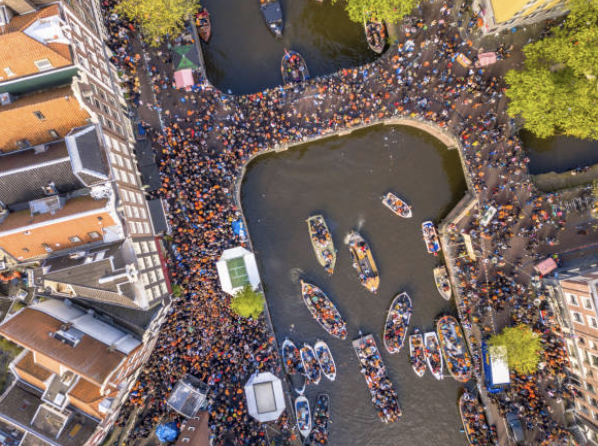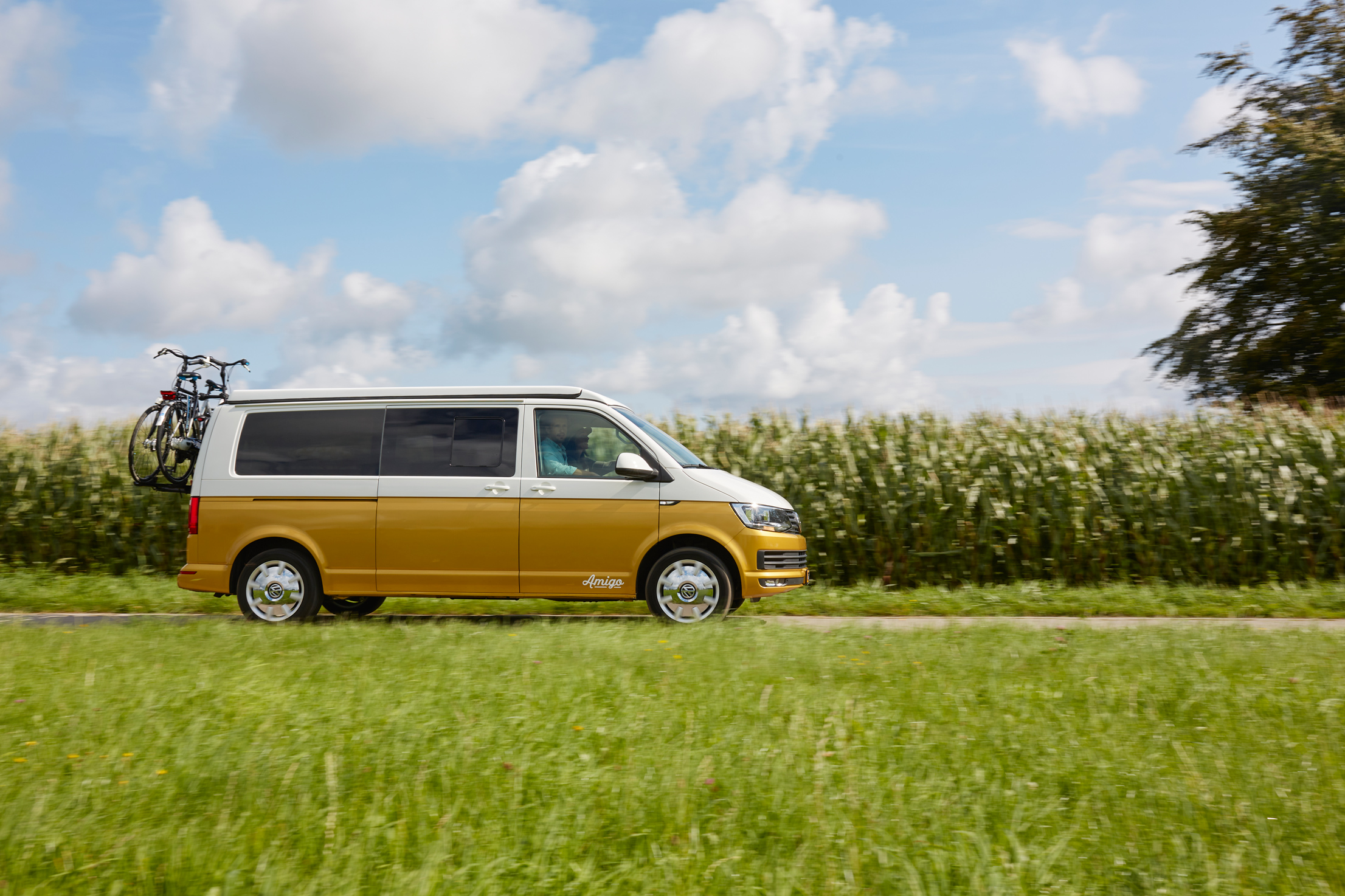Green driving with AdBlue
Modern campers use AdBlue technology to meet the latest legal environmental standards. Diesel engines with a Euro 6d-temp certificate have significantly lower emissions thanks to AdBlue. But: what is that magic remedy actually?
AdBlue is a liquid consisting of demineralized water with 32,5 percent urea. This fluid is injected into the exhaust system while driving, between the diesel engine and the catalytic converter. This causes a chemical reaction in which the toxic nitrogen oxide – NOx – from the exhaust gases is converted into much less harmful water vapor and nitrogen.
Diesel cleaner than petrol
AdBlue reduces NOx emissions by 85 percent. As a result, a modern diesel engine even emits less nitrogen oxide than the same car with a petrol engine. In this way, nitrogen oxide emissions are minimized and the particulate filter reduces soot particles to an absolute minimum. This makes modern diesel engines cleaner than petrol engines and this is supported by various scientific studies. This technology has been used in trucks since 2006 and AdBlue has been introduced in the passenger car industry since 2014.

Modern campers with a Euro 6d-temp diesel engine are now also equipped with AdBlue technology. They have a separate tank for this on board that needs to be filled regularly. In Fiat, Citroën and Peugeot models you will find the blue ad-blue cap under the fuel tank cap. In the Mercedes Sprinter the cap is under the hood. To see how AdBlue works in practice, we compare a camper based on the Mercedes Sprinter with one based on the Fiat Ducato.
Mercedes more economical than Fiat
Campers that use the Mercedes Sprinter as a basic vehicle have a 22 liter AdBlue tank on board. For campers based on the Fiat Ducato, this is a 15 liter tank. Research by the German magazine Promobil shows that the Mercedes Sprinter uses approximately 2 percent AdBlue per liter of diesel. For the Fiat Ducato this is double: 4 percent.
These percentages are consistent with our experiences. With a Fiat you will have to fill up with AdBlue more often, also because the AdBlue tank is only 15 liters. So you are at the pump more often than with a Mercedes-based camper and this is also evident in practice: during our experiences with a Hymer BMC semi-integrated, we received a signal after 7.000 kilometers that we had to refill AdBlue. You then still have more than 2.000 kilometers to find a pump.

In a Frankia with the Fiat Ducato as the base vehicle, a signal came after just 2000 kilometers that the AdBlue stock needed to be replenished. Due to the higher consumption and the smaller tank, you have a range of about 3.000 kilometers compared to 9.000 with Mercedes. Another advantage of Mercedes is that you always see how much AdBlue you have left. While with the Fiat you have to blindly rely on the messages that the system gives that you need to top up.
Jerrycan or at the pump
AdBlue is available at almost every gas station. At least: in plastic jerry cans. Then you pay the top price, because in Germany we have already paid – the equivalent – 3 euros per liter, while at the pump it costs about 65 cents per liter. You usually have to rely on the larger gas stations along the highway, where you have to join the trucks. Just like with fuel, AdBlue is also cheapest to refuel at petrol stations that are not on the highway. This is because refueling along the highway is considerably more expensive.
A useful website to find petrol stations is www.findadblue.com of which there is also an app for your smartphone.
Wide range
Still looking for a new camper or caravan? We have a large offer that you can choose from from dealers and private individuals. Or would you rather watch the last one first? Camping news?




